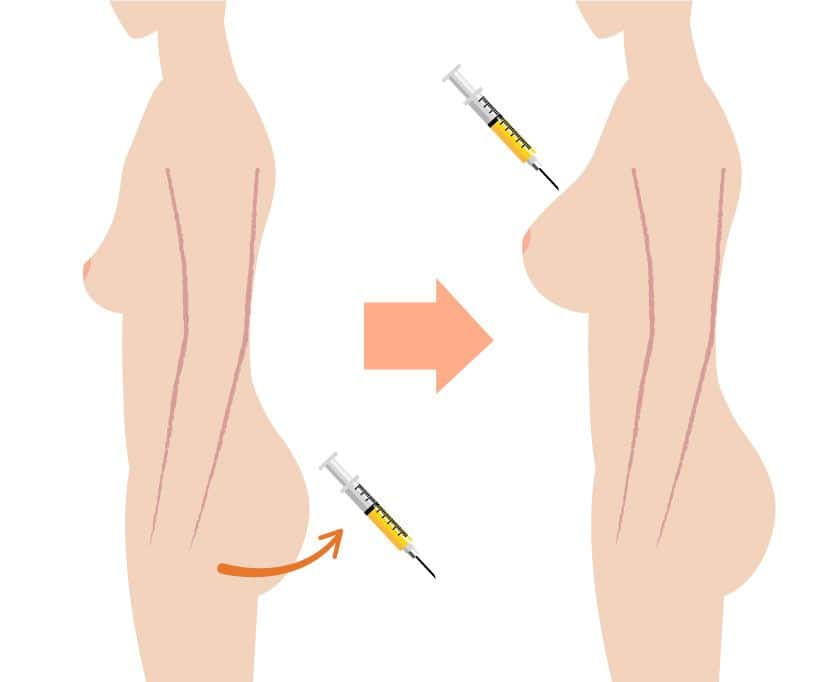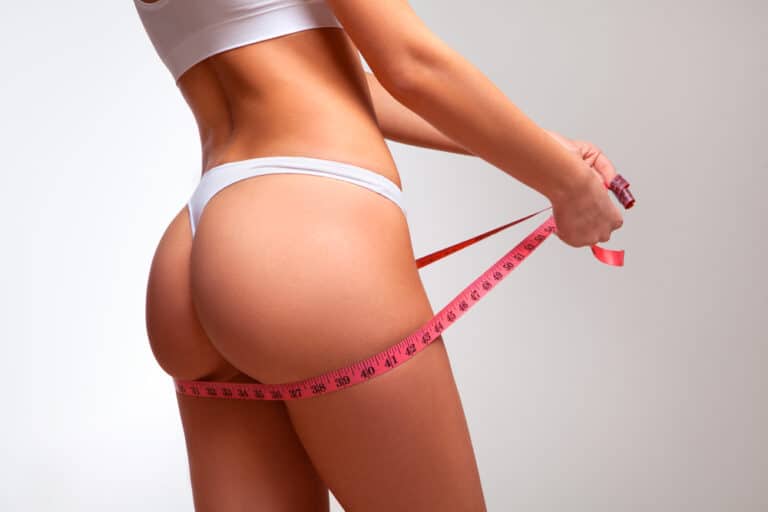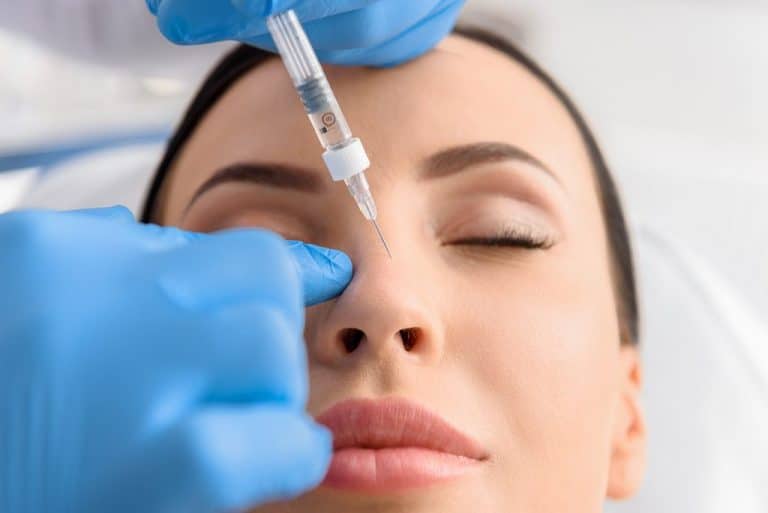Fat Transfer Breast Augmentation: Key Benefits and Considerations
Understanding Breast Augmentation
Breast Enhancement
Breast augmentation, or augmentation mammoplasty, a plastic surgery procedure performed by plastic surgeons, aims to enhance the size, shape, and appearance of breasts through implant surgery. This plastic surgery option, often involving the transfer of unwanted fat by a surgeon, is for many women seeking fuller breasts and an increase in cup size. It involves plastic surgeons placing implants under breast tissue or chest muscles for fuller breasts, a common plastic surgery procedure using a donor site.
For many, the goal is a more balanced figure. Others might seek restoration after pregnancy or weight loss.
Reasons for Surgery
Individuals opt for breast augmentation for various reasons. Cosmetic enhancement tops the list, with many desiring a significant increase in cup size for fuller breasts and improved breast shape through implant surgery by a surgeon. Post-mastectomy reconstruction also drives decisions towards this surgery.
It’s not just about size. Some aim to correct asymmetry between their breasts.
Surgeon Consultation
Choosing a qualified plastic surgeon is crucial. They guide through options like saline implants or other types available for breast shape, with their team focusing on breasts. They discuss potential outcomes and detail the recovery process.
A thorough consultation helps manage expectations and understand risks like capsular contracture in breasts.
Types of Breast Augmentation
Fat Transfer
Fat transfer breast augmentation offers a natural look to the breasts by using the patient’s own fat. This method involves liposuction to remove fat from other body parts, which is then injected into the breasts. It avoids foreign materials, ensuring a more natural feel.
This option suits those seeking modest enhancements. Recovery times for breast surgeries are generally shorter since it’s less invasive than breast implant procedures.
Implant Options
Silicone and saline implants remain popular for more significant changes in breast shape and size. Silicone breast implants provide a softer, more natural feel, whereas saline breast implants offer adjustability in size. Recent advancements have made both breast options safer and more durable.
However, they require longer recovery periods compared to breast fat transfers. The choice between silicone and saline breast implants often depends on personal preference and desired results.
Non-Surgical Methods
For those hesitant about surgery, hyaluronic acid injections present a non-invasive alternative. They can subtly enhance breast volume but yield temporary effects lasting only 6 to 18 months.
These injections are less about dramatic changes and more about fine-tuning breast appearance without downtime.

Fat Transfer Breast Augmentation Explained
Step-by-Step Process
Fat transfer breast augmentation begins with liposuction. Surgeons remove fat from areas with excess, such as the abdomen, thighs, or breast.
Next, they process the fat. They purify it to prepare for injection.
Finally, surgeons inject the fat into the breasts. They enhance size and shape carefully.
Dual Benefits
This procedure offers breast enlargement and body contouring. It slims down areas where fat was harvested.
Patients appreciate the two-fold advantage. They enjoy larger breasts and a more sculpted body.
Common Misconceptions
Many believe results from fat transfer are permanent. However, some of the transferred fat may not survive.
Expectations about volume also need managing. Fat transfer provides modest increases, not dramatic changes.
Ideal Candidates for Fat Transfer
Health Status
Good health is paramount for candidates considering fat transfer breast augmentation. Individuals must have a stable weight and be non-smokers. These criteria ensure the body can adequately support the healing process and maintain the transferred fat cells in breast augmentation.
Having enough unwanted fat in other areas of the body, including the breast, is also crucial. This fat serves as the donor site for the breast augmentation process. Areas commonly used include the abdomen, thighs, and buttocks.
Lifestyle Choices
Candidates should lead a healthy lifestyle to support their recovery and the sustainability of results following breast surgery. They need to understand that significant weight fluctuations can affect the outcomes of their breast augmentation.
Non-smoking status is essential because smoking can impair blood supply to the transferred breast cells, risking their survival.
Expectations
Understanding what fat transfer can realistically achieve is vital. It’s an excellent option for those desiring a moderate increase in breast size without implants.
However, it may not meet the needs of individuals seeking a dramatic change in breast size or shape. Having realistic expectations about the procedure’s limitations helps ensure satisfaction with the results.
Who Should Avoid This Procedure
Medical History
Patients with a complex medical history should proceed with caution. Surgeons often screen for conditions that might increase the risk of complications. These include blood clotting disorders or a history of severe scarring.
A thorough consultation is crucial to ensure safety. Patients must disclose all aspects of their health.
Lifestyle Factors
Smoking and obesity can disqualify someone from this procedure. Both factors impair healing and increase the chance of side effects. Surgeons advise patients to quit smoking well before undergoing surgery.
Obesity complicates the fat transfer process. It also affects the outcome negatively.
Expectations
Those expecting dramatic increases in breast size may be disappointed. Fat transfer offers subtle enhancements, not drastic changes.
Significant weight fluctuations post-procedure can alter results. Patients should maintain a stable weight to ensure longevity of the augmentation.
Risks and Complications
Every surgical procedure carries risks. Patients must understand these before deciding on fat transfer breast augmentation. Complications can include infection, uneven texture, and loss of transferred fat cells.
A detailed discussion with a plastic surgeon helps set realistic expectations about potential side effects and pain management.
Closing Thoughts
Fat transfer breast augmentation offers a unique blend of benefits for those seeking a more natural look and feel to their enhancements. It’s not just about size; it’s about shaping your body with your own tissues, minimizing risks, and enjoying a dual benefit of fat reduction from other areas. If you’re in good health, have realistic expectations, and desire a subtle increase in breast size, this might be the perfect option for you. However, it’s crucial to consult with a qualified plastic surgeon to discuss your goals, potential risks, and whether you’re an ideal candidate.
Before making any decisions, do your homework. Read up, ask questions, and consider all angles. Your body deserves the best care and consideration. If you’re ready to take the next step or simply want more information, reach out to a certified professional today. Let your journey towards confidence and satisfaction begin now.
Frequently Asked Questions
What is fat transfer breast augmentation?
Fat transfer breast augmentation is a procedure that uses liposuction to take fat from other parts of your body and inject it into your breasts. This method offers a more natural look and feel compared to implants.
Who are the ideal candidates for fat transfer breast augmentation?
Ideal candidates are those looking for moderate enhancement, have enough donor fat, and prefer natural results over implants. Good overall health and realistic expectations are also important.
Can anyone undergo fat transfer to the breasts?
Not everyone is a suitable candidate. Those with very little body fat or seeking significant size increase may need to consider alternatives. It’s best suited for those wanting modest size enhancements and natural results.
How does fat transfer breast augmentation differ from implants?
Fat transfer uses your own body fat for a natural look and feel, with no risk of implant-related issues. Implants offer more dramatic size increases but come with risks like rupture or capsular contracture.
Are there any reasons to avoid fat transfer breast augmentation?
Individuals with chronic health issues, insufficient donor fat, or unrealistic expectations should avoid this procedure. Smoking can also negatively impact the outcome by affecting healing.
What are the benefits of choosing fat transfer over traditional implants?
Benefits include no foreign objects in the body, reduced risk of rejection, natural-looking results, and the added bonus of contouring areas where fat is removed. It’s also less invasive than placing large implants.
How long does recovery take after a fat transfer to the breasts?
Recovery varies but typically involves 1-2 weeks of downtime. Full activity can usually be resumed within 4-6 weeks, but swelling may persist for longer.






